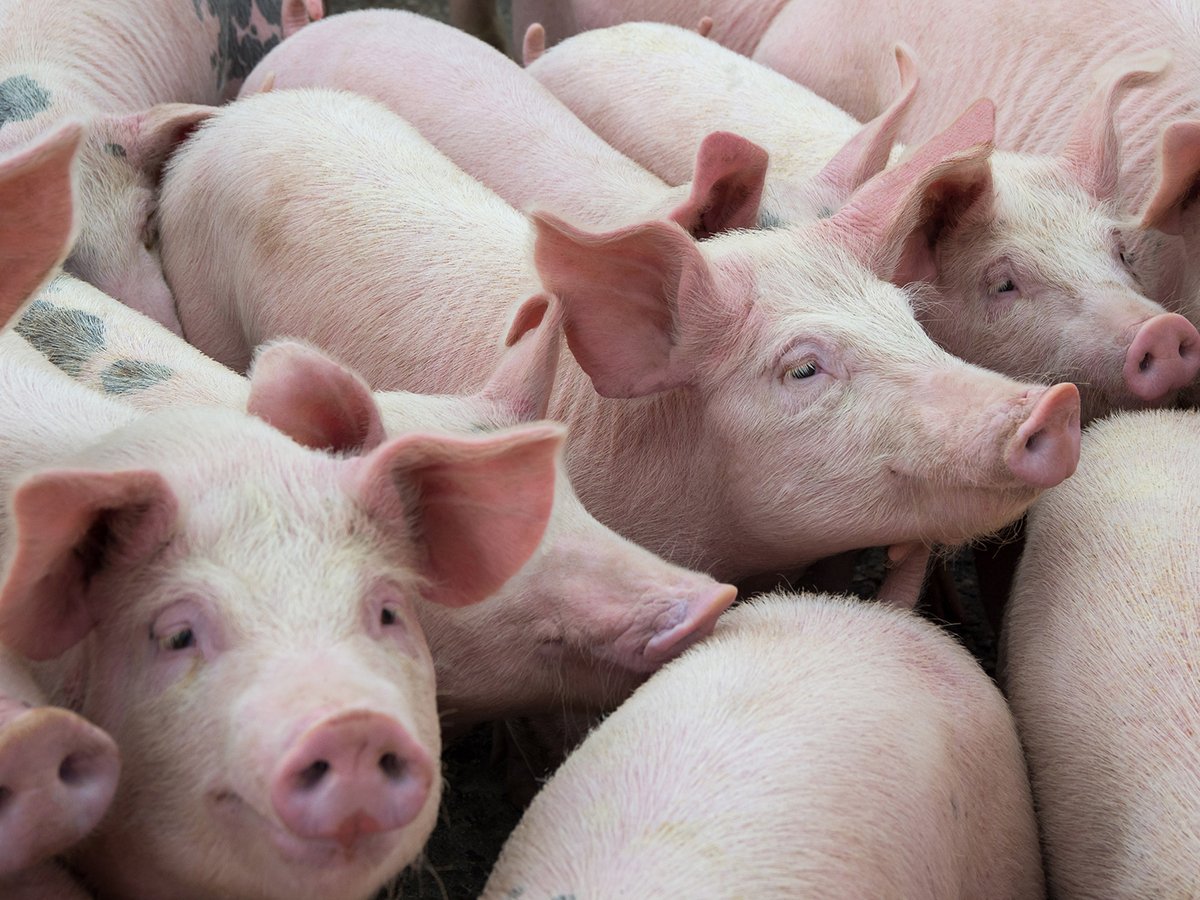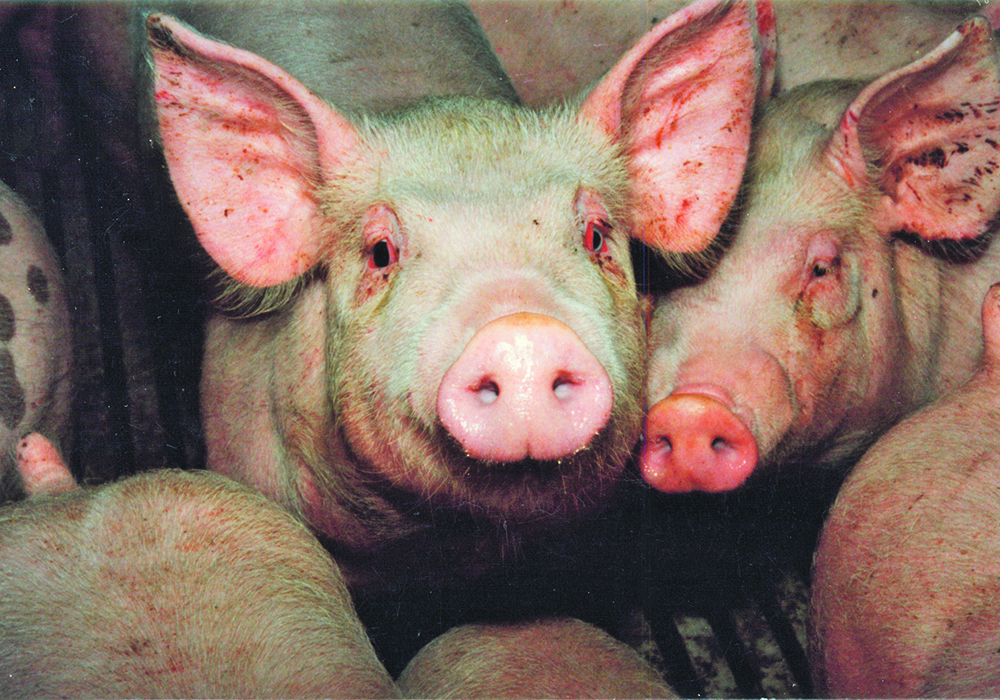The country has deals with U.S. and EU but animal health experts say more are needed in case African swine fever strikes
There are two potential ways to preserve livestock trade in the event of a disease outbreak.
Establishing zones that are free of the illness is the more familiar route but another approach is compartmentalization.
Stakeholders in Canada’s hog industry have been working on plans for handling trade and disease control should African swine fever arrive within their borders.
Dr. Egan Brockhoff, a swine veterinarian and veterinary counsellor with the Canadian Pork Council, said deep concern about trade disruptions and resulting damage to the industry are behind efforts to establish contingency plans.
Read Also

Quebec pork company calls for transparency around gene-edited pigs
Quebec-based pork company duBreton is calling for transparency around meats from gene-edited pigs on concerns that a lack of mandatory labelling will confuse consumers, and dilute certification claims. The organic sector is also calling for labelling rules.
“We talk a lot about what would happen in the event of a disease outbreak,” Brockhoff told an Oct. 28 webinar organized by the Alberta Farm Writers Association.
“So let’s say it gets into one or two or three sites in Canada. We know exactly what’s going to happen to those sites. The CFIA (Canadian Food Inspection Agency) is going to come in, they’re going to create primary control zones around those sites and they are going to work quickly to eradicate the disease from Canada as fast as possible.
“We know that’s what they’re going to do and we know they’re going to successfully be able to do that. They have a track record of doing that. But the rest of the pork sector, the 99 percent of the pigs that are still in Canada, while this is happening our borders are going to close. We’re going to have disruptions to our processors. We’re going to have disruptions to our markets.”
By establishing zones that are free of disease, exports could continue, in theory, provided importing countries accept the zones.
Brockhoff said Canada has two bilateral zoning agreements, one with the United States and one with the European Union. However, more would be needed to avoid severe market disruption.
“I would love to see us in a situation where we had more and more zoning agreements signed into place,” he said. The federal government is working with Japan, Singapore and other southeast Asian countries in that regard.
But zoning agreements aren’t the whole answer, Brockhoff added. For example, Germany has zoning agreements with its EU trading partners, but the discovery of ASF in wild boar this fall has still caused major pork market disruption for that country.
Zoning is geographical and comes into effect when a disease is found. Once the CFIA has identified the area of infection, it can establish zones around it and incorporate various restrictions on movement. Non-affected areas would then be free to export.
Compartmentalization, on the other hand, can be established during “peace time” and relates to management practices, primarily biosecurity, Brockhoff said.
A group of farm operations can work together and through exclusion biosecurity, establish themselves as free from contracting disease.
“ASF is the type of disease that, it’s not highly infectious. Its fairly easy to control with biosecurity, much easier than a disease like PED (porcine epidemic diarrhea) virus and certainly much easier than a disease like foot-and-mouth disease virus,” he said.
However, as with zoning, compartmentalization requires oversight and acceptance from international trading partners.
Zoning is done in response to an outbreak but compartmentalization is done when there is no disease outbreak “so there’s little or no interruption to trade. The trading partner already accepts the compartment is intact and free of disease through ongoing monitoring and so there is minimal or hopefully no disruption whatsoever.”
It thus relies on biosecurity, surveillance and traceability.
Brockhoff said federal and provincial government officials and others in the pig industry are meeting weekly to work on compartmentalization standards to build a Canadian model. The world animal health organization is also working on international guidelines.


















